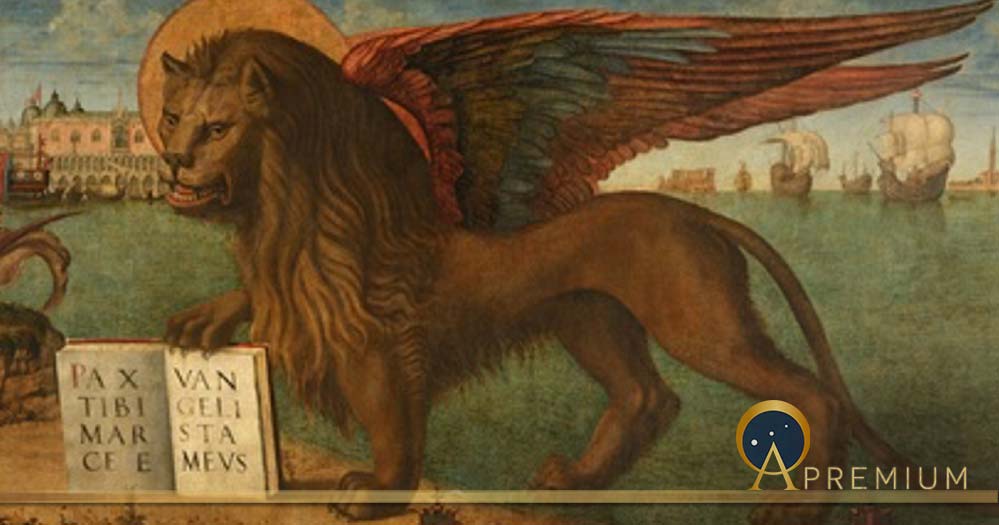Was Alexander the Great Entombed In Venice In Disguise As St Mark?
The Venetians themselves tell how in 828 AD two of their merchants, Tribunus and Rusticus, fetched a mummy from Alexandria in Egypt, which was said to contain the corpse of St Mark the Evangelist. This event they call the Translazione and it led their forefathers to found a church dedicated to St Mark, adjoining their Grand Canal to accommodate the holy remains of the saint. This story is celebrated not only in their chronicles but is also illustrated in 12th-century mosaics in the church, now called the Basilica di San Marco. Furthermore, the same bodysnatching episode was independently recorded by Christian pilgrims who passed through Alexandria, Egypt more than a thousand years ago, not long after the event.

Venetian merchants with the help of two Greek monks take Mark the Evangelist's body to Venice, by Jacopo Tintoretto (1562) (Public Domain)
St Mark’s Tomb in Alexandria
Other surviving references in ancient texts allow the tomb of St Mark in Alexandria to be traced back in time to the end of the fourth century AD. St Jerome was the first to mention the entombment of St Mark in Alexandria in his De viris illustribus, written in Bethlehem in 392 AD. Palladius, in his Lausiac History, written in the early fifth century AD, describes a visit by Philoromus of Galatia to a Martyrion of St Mark in Alexandria in about the last decade of the fourth century AD. Later Adamnan in his book De locis sanctis, described a visit to a church and tomb of St Mark just inside the eastern gate of Alexandria by Arculfus in about 680 AD: “ Approaching from the direction of Egypt as one enters the city of Alexandria on (almost) the north side a large church presents itself, in which Mark the Evangelist lies buried in the ground. His tomb is on view before the altar in the east end of this square church and a memorial to him has been built of marble stones on top of it.”
Earlier than this the investigation runs into problems. It used once to be thought that a Christian text called the Passion of St Peter incorporated a contemporaneous account of St Mark’s tomb in the early fourth century AD, but the relevant parts of this text are now recognized by scholars as fiction added in the sixth century AD.
Like this Preview and want to read on? You can! JOIN US THERE ( with easy, instant access ) and see what you’re missing!! All Premium articles are available in full, with immediate access.
For the price of a cup of coffee, you get this and all the other great benefits at Ancient Origins Premium. And - each time you support AO Premium, you support independent thought and writing.
Andrew Michael Chugg read Natural Sciences at Trinity College in the University of Cambridge in the UK, graduating with honors. He has appeared as an Alexander expert on BBC Radio, and in several National Geographic TV documentaries. He has also written various books on Alexander including The Quest for the Tomb of Alexander the Great and Alexander’s Lovers
Top Image: Mark the Evangelist's symbol is the winged lion, the Lion of Saint Mark. Inscription: PAX TIBI MARCE EVANGELISTA MEVS ("peace be upon you, Mark, my evangelist"). The same lion is also symbol of Venice (Public Domain)


















